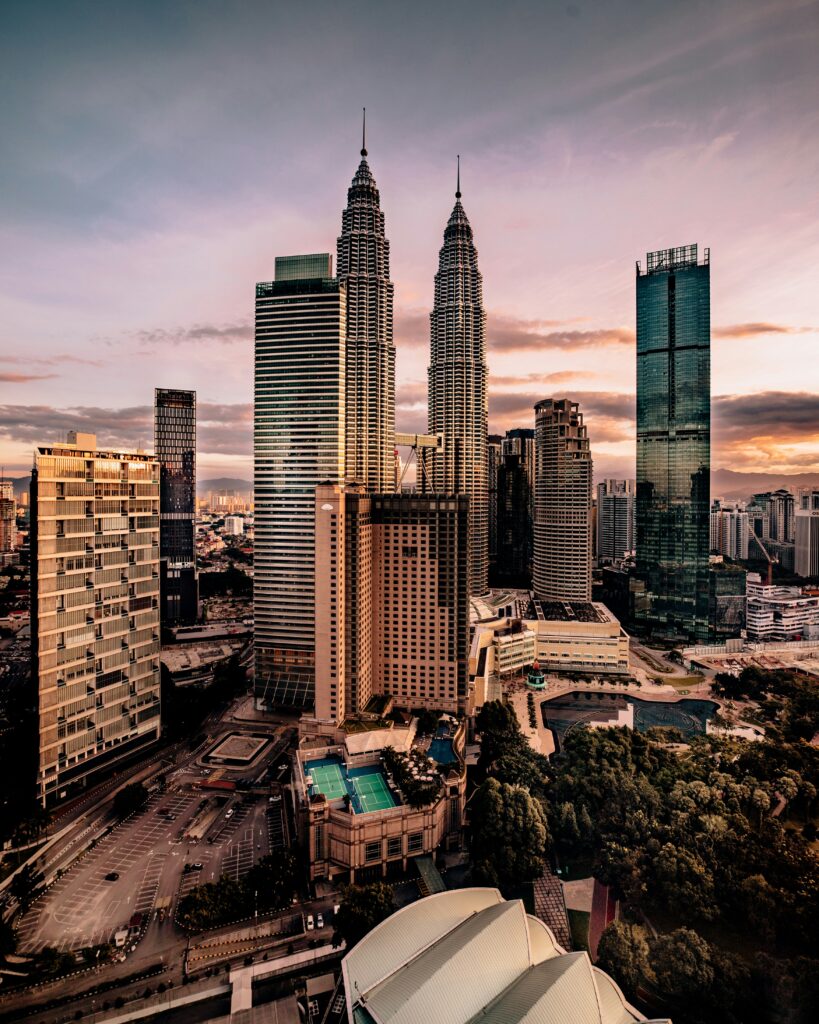Low Cost Housing Environment
The Malaysian Government provides for the lower-income group with low-cost housing that includes an adequate playground area, community hall, landscaping, and car parking; with accessible public schools, shops, public transport, medical centers, and other commercial outlets. With these provisions, there are also frequent complaints from residents regarding the quality of these flats in terms of the building materials used the quality of construction, the sanitary system, the facilities provided, the location, and the maintenance along with many social problems. Although this is the case, findings from a study showed that quality of life does exist for residents in this housing environment.
With the advent of industrialization and urbanization, many people from the rural hinterland migrated to urban centers aiming to gain employment and a better life for their families. During the 1970s many migrants came to urban centers in Malaysia in huge numbers especially swarming into Kuala Lumpur, Petaling Jaya, Shah Alam, and Klang which made up the Klang Valley urban conurbation. The surge of urban population took the local authorities by surprise and without warning squatter settlements sprouted like mushrooms in and around these cities
Quality of Life in the Housing Environment
The concept of quality of life refers to an evaluation (an evaluation judgment) about major aspects or the entirety, of a life or a society (Des Gasper 2009). The Dictionary of Human Geography (Johnston, 2000) defined quality of life as the state of social well-being of individuals or groups, either as they perceive it or as identified by `observable indicators’. Cutter (1985) described overall well-being as determined by a person’s happiness or satisfaction with life and the environment; this includes needs and desires, lifestyle preferences, aspirations, and other tangible and intangible factors.
Also Read: Housing Problems Resulting to Unwholesome Environmental Conditions in Nigeria
